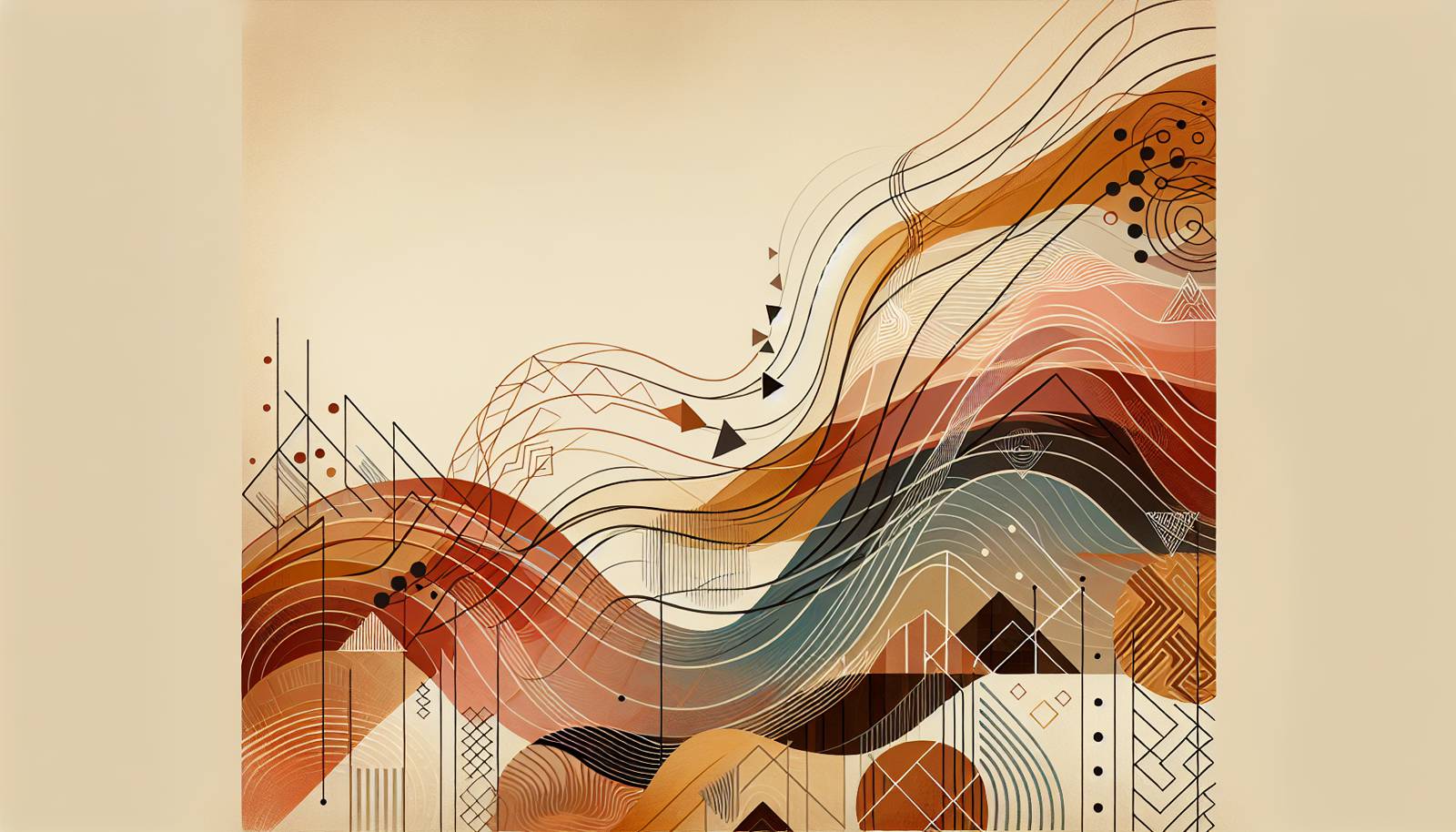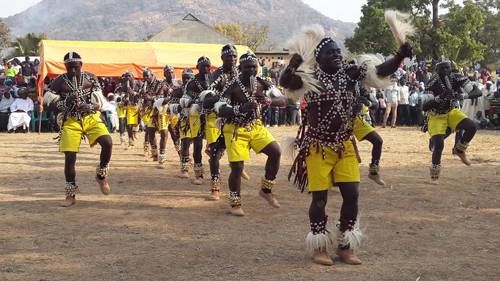
FAQ About The Influence of Traditional African Dance Forms on Contemporary Art

What is traditional African dance?
Traditional African dance refers to a variety of dance styles that are indigenous to the African continent. These dances are often characterized by their use of rhythmic movements, body articulation, and specific cultural significances. They play a central role in various ceremonies, rituals, and community events across different African ethnic groups.

How does traditional African dance influence contemporary art?
Traditional African dance influences contemporary art through its unique elements of movement, rhythm, and cultural narratives. Many contemporary dancers and choreographers incorporate African dance elements into their work, leading to new dance styles and performances. Additionally, visual and performing artists often draw inspiration from African dance to express cultural identity and social themes.

Can you provide examples of contemporary artists influenced by African dance?
Examples of contemporary artists influenced by African dance include Alvin Ailey, whose famous work "Revelations" incorporates traditional African rhythms and movements. More recently, artists like Beyoncé have highlighted African dance in their performances and music videos, bringing broader recognition to these dance forms and their cultural significance.

What are some common elements of traditional African dance?
Common elements of traditional African dance include the use of expressive body movements, polyrhythmic music, call and response patterns, and often a connection to storytelling or ritual. These dances typically involve community participation and are performed to the accompaniment of drums and other traditional instruments.

How has African dance influenced hip-hop?
African dance has significantly influenced hip-hop, especially through its use of rhythm and intricate body movements. Many foundational moves in hip-hop dance, such as isolations and footwork, are reminiscent of traditional African dance techniques. The street dance styles that emerged in urban African-American communities often draw on these heritage elements.

Why is rhythm so important in African dance?
Rhythm is a crucial component of African dance because it defines the movement and guides the dancers. It is often linked to the music played by drums and other percussion instruments, creating a dynamic interaction between the musicians and the dancers. The rhythm not only sets the pace but also conveys the energy and emotion of the dance.

What role does storytelling play in traditional African dance?
Storytelling plays a vital role in traditional African dance, as these dances often convey stories of cultural significance, historical events, or social values. The movements, costumes, and music come together to narrate these tales, allowing the community to preserve their history and pass it from generation to generation through dance.

Are there educational programs focused on African dance forms?
Yes, there are many educational programs and workshops focused on African dance forms. These programs are often offered by cultural organizations, dance schools, and universities worldwide. They aim to educate participants about the cultural context, history, and techniques of African dance, often offering opportunities for hands-on learning and performance.

How is traditional African dance used in modern art installations?
Traditional African dance is used in modern art installations to evoke themes of cultural tradition, ancestry, and identity. Artists may include performance art pieces incorporating dance, or use video installations that showcase traditional movements. These installations often aim to create an immersive experience for the viewer and highlight the vibrancy and relevance of African cultural practices.

What is the significance of costumes in African dance?
Costumes are significant in African dance as they often represent cultural identity, stories, and the status of participants within the community. They can vary greatly depending on the occasion and include materials like beads, feathers, and animal skins. Costumes also contribute to the visual impact of the dance and complement the storytelling elements.

How have African dance forms influenced global dance trends?
African dance forms have significantly influenced global dance trends by introducing energetic movements, rhythmic complexity, and a focus on individual expression within community contexts. Dance genres such as salsa, samba, and contemporary hip-hop all bear traces of African dance elements, reflecting its widespread influence.

What is the importance of community participation in African dance?
Community participation is essential in African dance as it fosters unity, social cohesion, and shared cultural expression. Dance events often involve everyone present, from performers to spectators, creating a space for collective engagement. This participatory nature helps maintain cultural traditions and strengthens community bonds.

Can African dance forms be integrated into other art disciplines?
Yes, African dance forms can be integrated into other art disciplines such as music, theater, and visual arts. Collaboration across these fields often leads to innovative performances and artworks that combine dance with narrative, visual elements, and sound, offering new perspectives and enriching cultural dialogues.

What are some misconceptions about traditional African dance?
Common misconceptions about traditional African dance include the belief that all African dances are the same or that they lack complexity and structure. In reality, African dances are highly diverse, each with unique choreography, cultural meanings, and levels of complexity reflective of the diverse ethnic groups and traditions across the continent.

How is traditional African dance preserved today?
Traditional African dance is preserved today through cultural festivals, educational programs, and the work of dance academies and cultural organizations that teach these forms. Additionally, they are passed down through generations in communities where they remain an integral part of social gatherings and ceremonies.

What impact has globalization had on traditional African dance?
Globalization has both challenged and enriched traditional African dance. While there is a risk of cultural dilution as dance forms become commercialized, globalization has also facilitated the spread and appreciation of African dance around the world. It has created opportunities for cross-cultural exchanges and the fusion of dance styles.

Who are some key figures in the promotion of African dance in contemporary art?
Key figures in the promotion of African dance in contemporary art include choreographers like Germaine Acogny and artists like Faustin Linyekula. These individuals have worked to blend traditional African dance with modern forms, thereby raising the profile of African cultural expressions in the global art scene.

How does African dance contribute to cultural identity?
African dance contributes to cultural identity by embodying the traditions, values, and histories of specific communities. Through dance, individuals and groups can express their heritage and reinforce a sense of belonging, both within their local community and on a broader cultural stage.

What are the challenges in maintaining the authenticity of African dance within contemporary contexts?
The challenges in maintaining the authenticity of African dance within contemporary contexts include the risk of cultural appropriation, loss of traditional meanings, and the oversimplification of intricate dance practices. To address these challenges, it is essential to engage with and respect the cultural roots of these dances by involving practitioners and scholars who can provide accurate insights.

How have traditional African dances been adapted in contemporary performances?
Traditional African dances have been adapted in contemporary performances through the incorporation of new music, choreography, and multimedia elements. This fusion allows performers to explore contemporary themes while still linking back to traditional cultural elements, thus bridging the gap between past and present artistic expressions.
